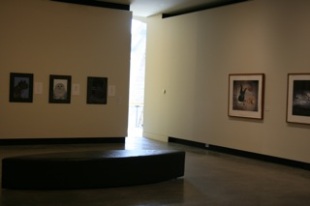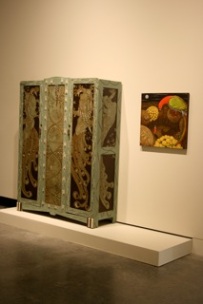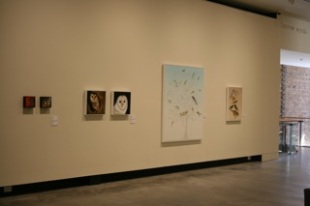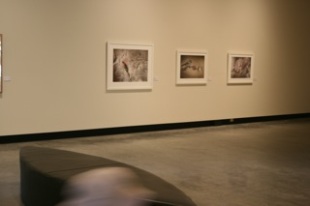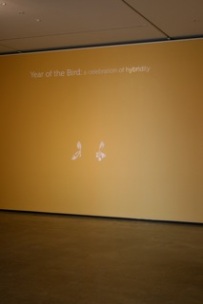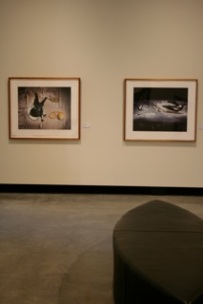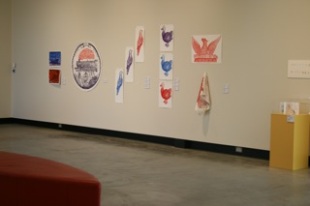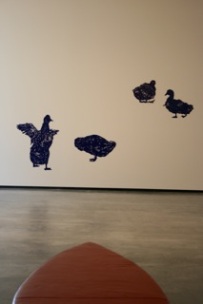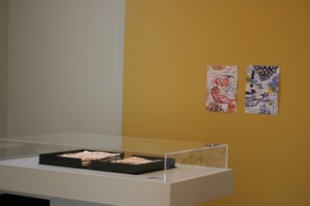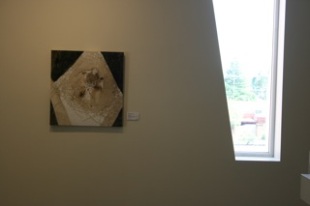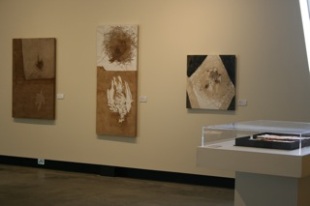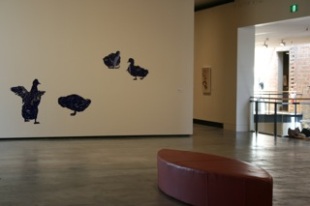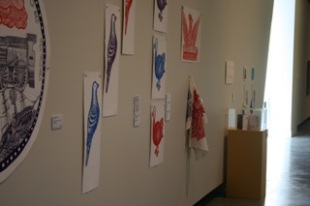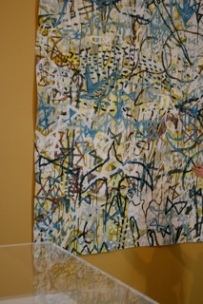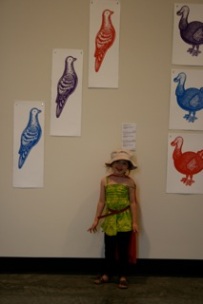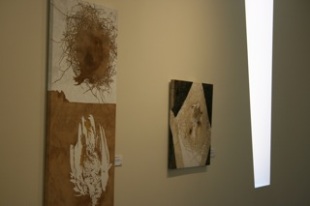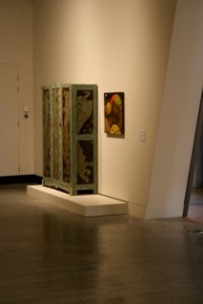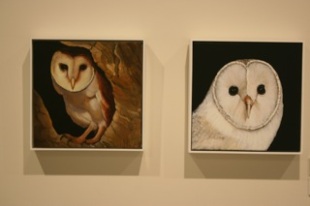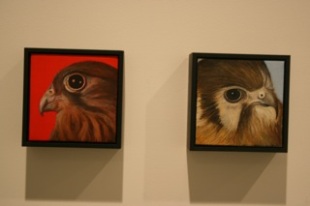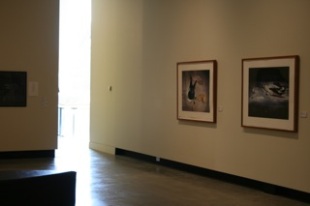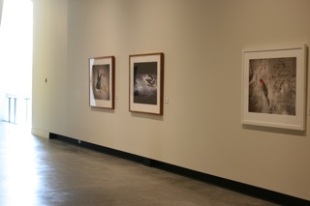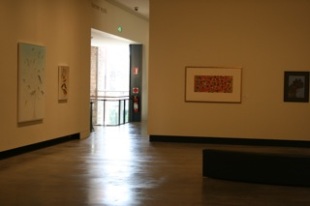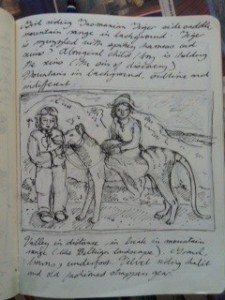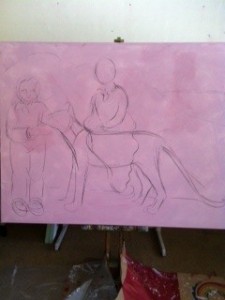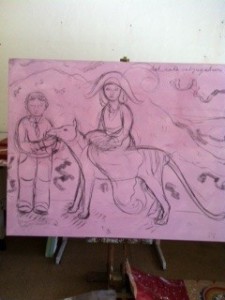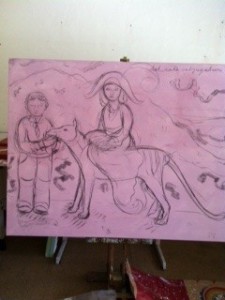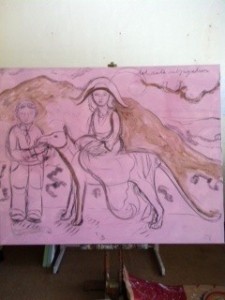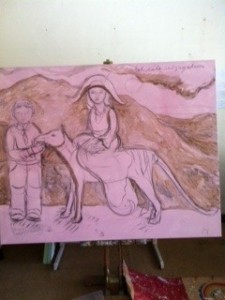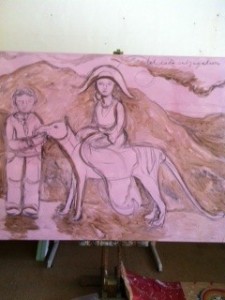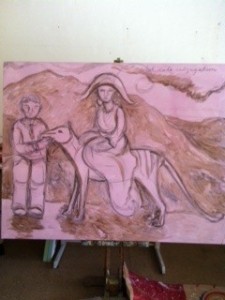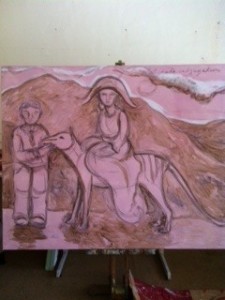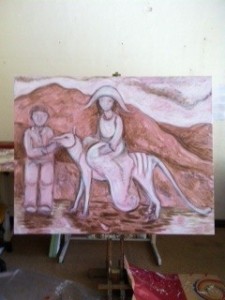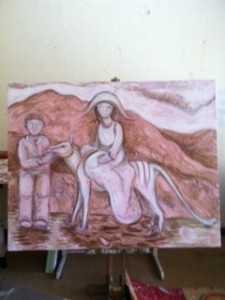
The Royal Hotel in 1964, courtesy of the State Library of Victoria
I have met two armed robbers. The first was an old Irish guy named Whitey who used to drink in a Clifton Hill (Melbourne) pub called the Royal Hotel. This was twenty years ago and Clifton Hill was just in the process of being gentrified; on every tree lined street, construction crews swarmed over the front of colonial era facades; trendy new European vehicles started to replace the beat up Fords and Holdens; local café’s stopped serving instant coffee in polystyreme mugs. Whitey was friendly, voluble, alcoholic, likeable and not at all sleazy. A guy with poor impulse control who had somehow learned to grow old gracefully.
My cousin Rachel and I used to fly over to Melbourne from Tasmania each summer and work in bars, cafes and bakeries around the Fitzroy area. This particular summer we shared a cheap room in the Royal Hotel, survived on one meal of lasagne a day, and spent all our money on going out and dresses. I once blew $500 in one week, a fortune back then, on an extremely short gold sequinned frock and a dragon tattoo. The golden frock is long gone but the dragon still resides on my back. This amuses me because it’s almost identical to the cover of Steig Larsson book The Girl with the Dragon Tattoo; a magazine I found on a train tells me that lately young women across the world, inspired by Larsson’s heroine, are visiting tattoo parlours for the same dragon.

Despite my tattoo and my gold dress (the kind of frock that used to inspire spirited cries of ‘how much?’ from passing cars) I was quite naïve and my time in Melbourne was marked by a steep learning curve. Coming from a claustrophically small town like Hobart, I struggled to understand the defining characteristics of the city: anonymous, disconnected, viral, violent, addictive, meaningful, superficial, sleazy, mercenary, disloyal, interesting. One hot day, walking through the CBD and knocking on business doors, looking for work, I stumbled into an upmarket brothel, mistaking it for a restaurant, and asked for a waitressing job. The madame laughed then interviewed me for a receptionist’s position. Having discovered my blind ignorance, she’d obviously decided to have a bit of fun with me. I remember her explaining how the security shield in front of the receptionist’s cubby hole worked, stone eyes looking straight into my unlined face. She smirked and said something about getting the screen up quickly if someone had a gun to my head.
Part of the interview included a guided tour of the brothel. I still retain some strong impressions: pink towels folded into fans on the beds; the euphemistically titled party room; strategically placed mirrors; bored wise-cracking girls with strong Australian accents playing pool and a television blaring in an empty backroom; an immaculate blonde receptionist with straight hair and no emotion, none. A well dressed man bounced in, asked if Rebecca was in, and when the receptionist said no, bounded off again. It struck me as strange that in a city like Melbourne, an anonymous man could or would be loyal to a prostitute. I remember the madame saying that if a client was being given a freebie, the receptionist was not to tell the girls: apparently they wouldn’t talk to the guy if they knew he wasn’t paying.

Brighton circa 1890
The second armed robber I met in the late 90s when I spent a year living in the seaside town of Brighton, south of London, in a depressing one bedroom apartment with my first husband. Tony was in his 50s and lived downstairs. In his youth he’d held up a Post Office, a crime that carries a heavy sentence in England, and they’d thrown the book at him. He’d been in prison for so long that he’d learned to cook really well and he could sew anything. He used to invite us around for extremely tasty marinated chicken wings. I can’t remember what he put in the marinade, I wish I’d written it down, because they were just delicious.
Tony was a tough guy. There are very few trees in Brighton, the area I was living was not that sort of neighbourhood, but for reasons known only to himself, Tony owned a chainsaw. His flat was always immaculately neat, everything squared to the corners and surfaces dusted, he also liked peace and quiet. Sometimes when there was too much noise on the street, usually drunk gangs fighting on a Saturday night, he used to rev up his chainsaw and run outside screaming. Generally after a shocked pause, while pale faced yobs contemplated the chainsaw’s horribly whirring blade, the street cleared quite quickly. Everyone sobered up and went home.
Tony was an asthmatic but that didn’t go with his image (tattoes, black t-shirt, cigarettes, women, booze) so he usually left his ventalin at home. A couple of times while I was his neighbour an ambulance brought him home because he’d had an asthma attack. I’d sometimes nag him about taking his puffer with him when he went out drinking, but he never listened. The ambulance drivers got to know him pretty well. Interestingly, Tony used to refer to the impulse to commit armed hold ups as ‘robbery fever’.
***

This last week I’ve spent a bit of time musing about a potted succulent that is currently sitting on my kitchen bench. The succulent is wrapped in brown paper and adorned with a natty dark red ribbon; it is a souvenir from KS’s wedding last weekend. I’ve been thinking about love and succulents, love and cactuses, love and other things that grow, wither and regenerate. Like many romantics who have stubbed their toe on the marital altar, I remain both deeply in love with the idea of love and scared to death of it. Weddings fill me with joy, hope, bitterness and terror in equal measure.
KS’s reception was held in an old warehouse style building with exposed beams and a high chapel style ceiling. At one point during the ceremony, the part where family members welcome the bride or husband as a new son, daughter or sibling, I daydreamed that giant birds were flying through the space, entering through one wall, winging their way through the triangular shapes of the ceiling beams, and exiting via the far wall, a giant unbroken stream of feathery wings. It was most peculiar. I still haven’t worked out what, if anything, it means.

The increasingly photogenic succulent in action.
***
Generation Y take note: when a person uses the word ‘random’, there is nothing genuinely random or uncalculated about it: they are choosing to highlight something that is important to them or the end point of intense deliberation. For example, a breezy Facebook-ism like ‘these are just some random photos of me’ represents a careful act of choosing. Similarly, I would describe this blog as containing ‘random stuff’.
***
I was in a department store once, years ago, and a woman came in to buy some fake nails. She was talking earnestly to the shop assistant, explaining that she needed the nails for her job. She was quite insistent that they were a job requirement, I got the impression she couldn’t work without them. I always wondered what she did. I wish I’d asked.
***

The Marcel Wave
Sitting on a train platform the other day, I noticed a group of elegant elderly women sitting in front of me. They were clearly dressed up for an important day out; the woman directly in front of me had her hair styled into four immaculately sculpted waves. Another old woman came and sat down beside me. She gestured to the group sitting in front of us and grinned conspiratorially, ‘I wonder where they’re off to’ she muttered under her breath. We speculated: perhaps a day in the country, maybe a concert or a play? ‘You don’t often see people dressed up like that’ the woman mused, sounding a bit envious. I told her that my friend (KS) was getting married that weekend and she was thinking of styling her hair into classic 1920s waves, like the woman in front of us. The old woman thought hard for a minute, ‘I can’t remember what they call that style’ she said ‘it’s on the tip of my tongue…’ Minutes passed and the train creaked and groaned into the station. ‘The Marcel Wave’ the old woman suddenly announced ‘that’s what they used to call it’. I thanked her, we agreed that finding out where the women were going would spoil the mystery, and I got on the train.
